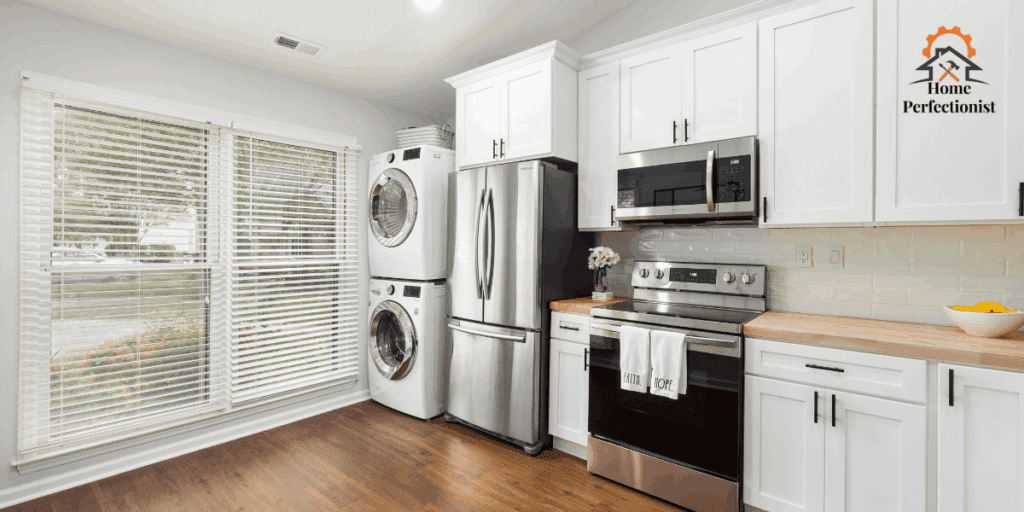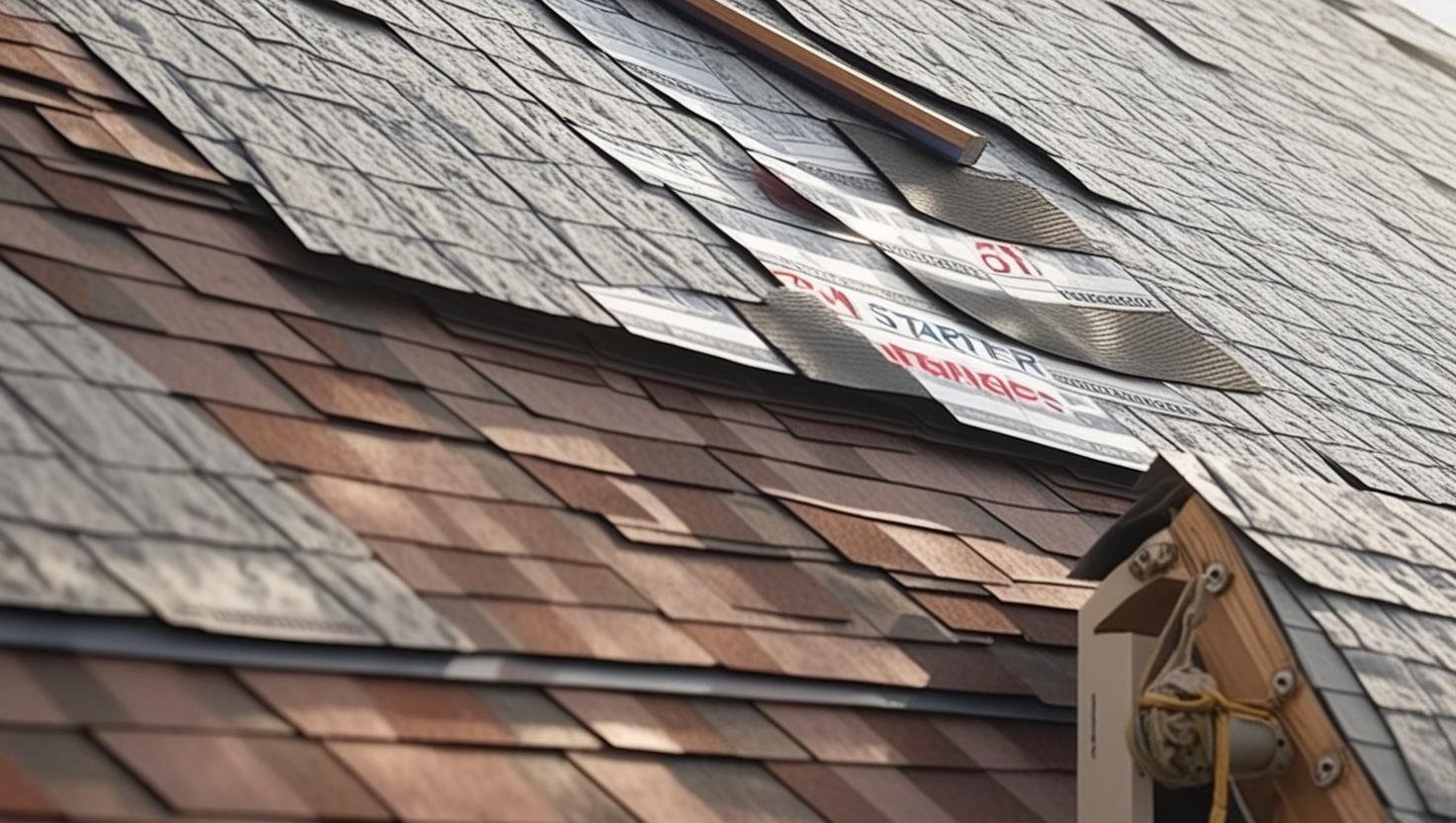Framed vs. Frameless Cabinets: Choosing the Right Style for Your Kitchen
Table of Contents
ToggleIntroduction
When selecting kitchen cabinetry, the choice between framed and frameless cabinets significantly impacts both style and functionality. As someone who has worked closely with designers and remodelers, I’ve seen how this decision shapes the overall look and feel of a kitchen.
Framed cabinets offer a classic aesthetic, featuring a face frame that adds structure and durability. On the other hand, frameless cabinets, often associated with contemporary European designs, provide a sleek, modern look with more accessible storage.
Understanding the key differences between these cabinet types—along with materials, finishes, and door styles—makes the decision process much easier. Let’s explore both options in detail to help you determine which best suits your kitchen design goals.
Framed Cabinets: Classic and Sturdy

Framed cabinets are a timeless choice, combining durability with a traditional aesthetic. Built with a solid wood face frame, typically made of hardwood or birch, these cabinets provide a strong foundation for doors and drawers.
The face frame enhances sturdiness and supports a variety of design options, including full-overlay and partial-overlay doors, allowing for a customizable look. Despite requiring some adjustments during installation, framed cabinets are easy to modify, making them a long-lasting and adaptable option for any kitchen.
Pros of Framed Cabinets
- Strong and durable construction
- Easily customizable with different styles and finishes
- Doors and drawers sit flush with the frame for a polished look
- Modifications like refacing or refinishing are simple
Cons of Framed Cabinets
- More complex assembly due to the additional frame
- Exposed edges may collect dust over time
- Less interior space compared to frameless designs
- Higher cost when adding custom details
Frameless Cabinets: Sleek and Modern

Frameless cabinets, also known as European-style cabinets, offer a clean, contemporary aesthetic. Unlike framed cabinets, these eliminate the face frame, maximizing interior storage and providing full access to shelves and drawers.
Doors and drawers mount directly onto the cabinet box, creating a seamless, flush appearance. In my experience, this design not only enhances storage efficiency but also makes cleaning easier, as there are fewer crevices for dust and grime to accumulate.
Pros of Frameless Cabinets
- Minimalist, modern design
- More accessible storage with full access to cabinet interiors
- Seamless, full-overlay doors create a uniform look
- Highly customizable with inset drawers and flexible shelving
Cons of Frameless Cabinets
- May not complement traditional kitchen styles
- High-gloss or wooden surfaces require regular maintenance
- Professional installation recommended due to precise alignment needs
- Limited width adjustments for appliances or center storage
The Role of Overlay in Cabinet Design
The overlay style plays a crucial role in how framed and frameless cabinets look and function.
Overlay in Framed Cabinets
The face frame allows for different overlay options, such as partial-overlay or full-overlay doors. These create a small visible reveal, adding depth and a traditional charm.
Overlay in Frameless Cabinets
Since there is no face frame, doors fully overlap the cabinet box, resulting in a clean, modern aesthetic. This design also minimizes gaps, reducing the chances of doors sticking due to humidity.
From my experience, frameless cabinets are ideal for tight spaces, as their seamless alignment allows for a sleek, efficient layout. Meanwhile, framed cabinets offer a more classic appeal with their visible stiles and inset doors.
Storage and Functionality: Maximizing Cabinet Space
Beyond aesthetics and construction, storage capacity and functionality play a significant role in choosing between framed and frameless cabinets. The way cabinets are designed impacts how efficiently you can organize kitchen essentials, from cookware to pantry items.
Storage Differences Between Framed and Frameless Cabinets
- Interior Space – Frameless cabinets offer more usable storage space since they lack a face frame. This makes them ideal for maximizing storage, especially in smaller kitchens where every inch counts. Framed cabinets, due to the additional framework, have slightly less interior room but provide added structural support for heavier items.
- Shelf and Drawer Access – Frameless cabinets, often called full-access cabinets, provide wider openings and better accessibility to shelves and drawers. This design makes it easier to store larger items like pots and pans without obstructions. In contrast, framed cabinets may have center stiles that divide cabinet sections, slightly limiting access.
- Customization and Organization – Both styles can be customized with pull-out shelves, lazy Susans, and drawer organizers, but frameless designs generally offer more flexibility in shelf placement since there are no structural limitations from a face frame.
- Appliance Integration – If you plan to incorporate built-in appliances, frameless cabinets provide a seamless integration, ensuring a flush fit for dishwashers, microwaves, and wall ovens. Framed cabinets, while still accommodating appliances, may require additional adjustments to achieve the same smooth, built-in look.

Which Style Is Better for Storage?
- For smaller kitchens or those prioritizing maximum storage: Frameless cabinets are the better choice due to their full-access design and wider openings.
- For those seeking extra durability and structure: Framed cabinets provide a strong foundation, especially for heavier storage needs.
- For customizable organization: Both styles allow for adjustable shelving, but frameless cabinets offer greater flexibility due to the absence of a center stile.
Whether you’re looking for a clean, modern layout with optimized storage capacity or prefer a more structured design with sturdy compartments, choosing the right cabinet style ensures your kitchen remains both functional and visually appealing.
How Construction Affects Durability
Understanding cabinet construction methods is essential when comparing framed and frameless options.
Durability of Framed Cabinets
Built with rails and stiles, framed cabinets offer horizontal and vertical support, preventing racking (shifting out of alignment). This structural reinforcement ensures long-term durability, even in high-traffic kitchens.
Durability of Frameless Cabinets
Without a face frame, the cabinet box itself provides support. While this creates a modern, full-access opening, precise installation is crucial to maintain durability.
From my experience, framed cabinets resist warping and tilting better, thanks to their reinforced structure, making them a reliable choice for busy kitchens. However, frameless cabinets provide a sleek look and are equally durable when installed with precision.
Material Choices and Their Impact on Cabinet Quality
When selecting between framed and frameless cabinets, the materials used in construction play a crucial role in durability, aesthetics, and long-term maintenance. Different materials offer varying levels of strength, resistance to moisture, and visual appeal, making it essential to choose one that aligns with your kitchen’s functionality and style.
Common Cabinet Materials
- Solid Wood – A premium option often used in framed cabinets, solid wood provides exceptional durability and a classic aesthetic. Hardwoods like oak, maple, and birch are common choices due to their strength and natural grain patterns. However, solid wood can be prone to expansion and contraction due to humidity.
- Plywood – Frequently used in both framed and frameless cabinets, plywood is lightweight yet strong, offering excellent moisture resistance. It’s a great option for homeowners seeking a balance between durability and affordability.
- Medium-Density Fiberboard (MDF) – A popular choice for frameless cabinets, MDF is engineered from wood fibers and resin, creating a smooth, uniform surface ideal for painted finishes. While MDF is resistant to warping, it may not be as durable as solid wood over time.
- Particleboard – A budget-friendly material commonly found in frameless cabinets, particleboard is made from compressed wood chips and resin. While cost-effective, it is less resistant to moisture and impact, making it less suitable for high-traffic kitchens.
- Laminate and Thermofoil – Used as a finishing layer over MDF or particleboard, these materials provide a sleek, easy-to-clean surface available in various colors and textures. While stylish and low-maintenance, laminate can be susceptible to peeling or chipping over time.

Choosing the Right Material for Your Cabinets
- For a traditional kitchen: Opt for solid wood or plywood in framed cabinets for durability and timeless appeal.
- For a modern, sleek look: MDF or laminate finishes in frameless cabinets offer a smooth and contemporary design.
- For budget-conscious renovations: Particleboard or laminate cabinets provide an affordable yet stylish solution.
By carefully considering material quality, you can ensure that your cabinets not only enhance your kitchen’s aesthetic but also withstand daily use for years to come.
Installation Considerations
The installation process for framed and frameless cabinets differs in terms of attachment points and alignment.
Installing Framed Cabinets
These typically come with pre-drilled holes and side panels, making them easier to attach to walls or adjacent cabinets—especially for DIY projects.
Installing Frameless Cabinets
Precision is key during installation. Without a face frame for support, exact alignments are necessary to maintain a clean, flush look.
In my experience, using longer screws and anchors helps secure frameless cabinets, while shorter screws work better for framed cabinets to prevent wood splitting. If you’re considering a DIY install, framed cabinets are generally more forgiving, whereas frameless cabinets often require professional expertise.
Which Style Suits Your Needs?
Deciding between framed and frameless cabinets ultimately depends on your kitchen’s aesthetic and functional requirements.
Framed Cabinets Are Best For:
- Traditional and classic kitchens
- A warm, structured look with decorative hinges and center stiles
- Homeowners who prefer a sturdy, customizable design
Frameless Cabinets Are Best For:
- Modern, contemporary spaces
- Maximizing storage efficiency with a sleek, seamless design
- Smaller kitchens needing more usable space
From my experience, frameless cabinets are ideal for smaller kitchens, as they provide more usable space. Meanwhile, framed cabinets add character to traditional settings, offering flexible design choices like partial-overlay or inset doors.
Final Thoughts
Whether you prefer the classic charm of framed cabinets or the sleek efficiency of frameless designs, understanding their differences helps you make the best choice for your space.
If you want a sturdy, traditional cabinet with a timeless appeal, framed cabinets are a great choice. But if you’re drawn to modern aesthetics and maximizing storage, frameless cabinets are the way to go.
Framed vs. Frameless Cabinets: (FAQs)
1. Which type of cabinet is more durable, framed or frameless?
Both framed and frameless cabinets are durable, but framed cabinets have an edge due to their reinforced structure with rails and stiles. They resist warping and shifting over time, making them ideal for high-traffic kitchens. However, frameless cabinets are equally strong when made from high-quality materials and installed correctly.
2. Do frameless cabinets cost more than framed cabinets?
The cost depends on the material, brand, and customization. Frameless cabinets can be slightly more expensive due to their precise construction and full-overlay doors. However, framed cabinets can also be costly, especially if made from premium hardwood or featuring intricate detailing.
3. Are framed or frameless cabinets better for small kitchens?
Frameless cabinets are better suited for small kitchens because they maximize storage space by eliminating the face frame. This provides wider openings and better accessibility, making it easier to store and organize items efficiently.
4. Can framed cabinets achieve a modern look?
Yes, framed cabinets can have a modern look, especially with full-overlay doors and sleek finishes like high-gloss paint or laminates. However, for a truly minimalist and seamless aesthetic, frameless cabinets are the preferred choice.
5. Which type of cabinet is easier to install?
Framed cabinets are generally easier to install, especially for DIY enthusiasts, as they have more attachment points for securing them to walls and adjacent cabinets. Frameless cabinets require precise alignment, making professional installation a better option to ensure a clean, seamless fit.
Whichever you choose, the right cabinetry will not only enhance your kitchen’s functionality but also reflect your personal style.



